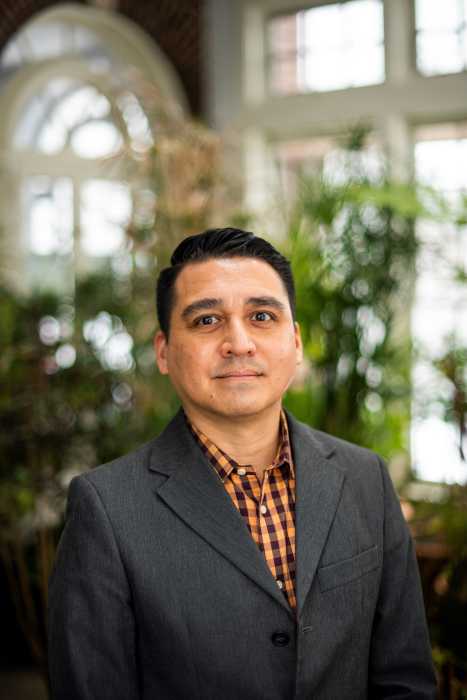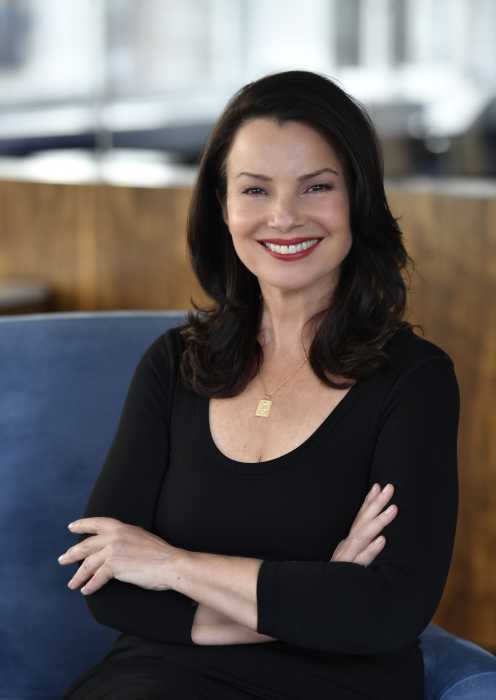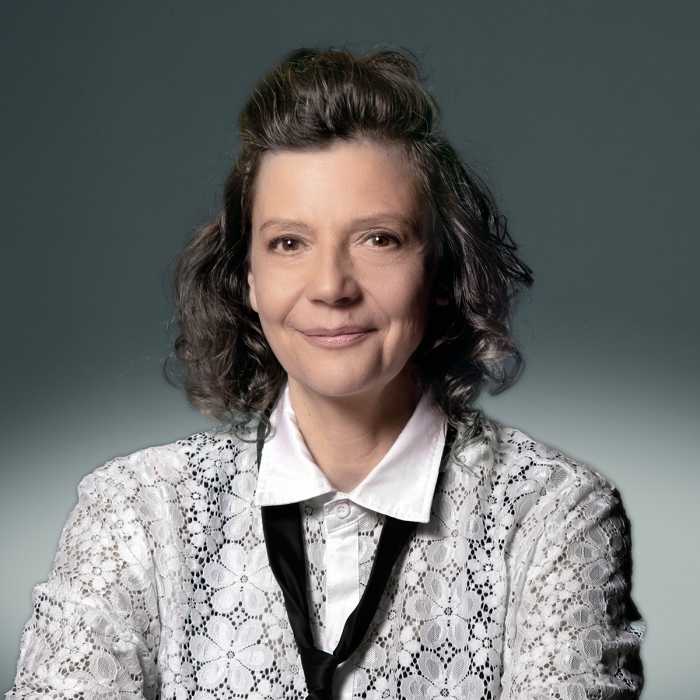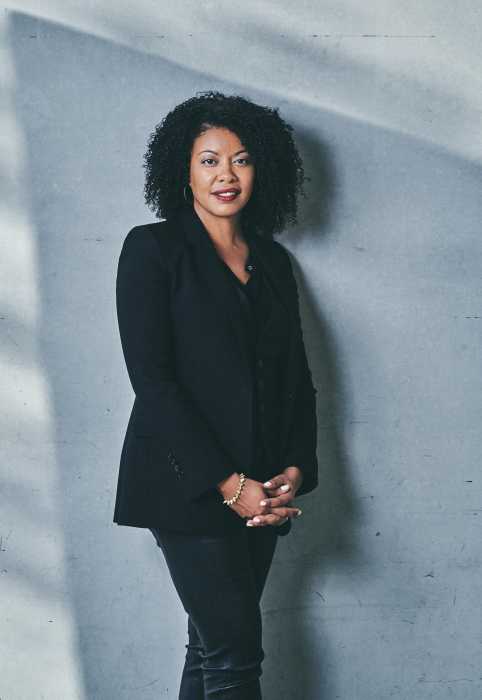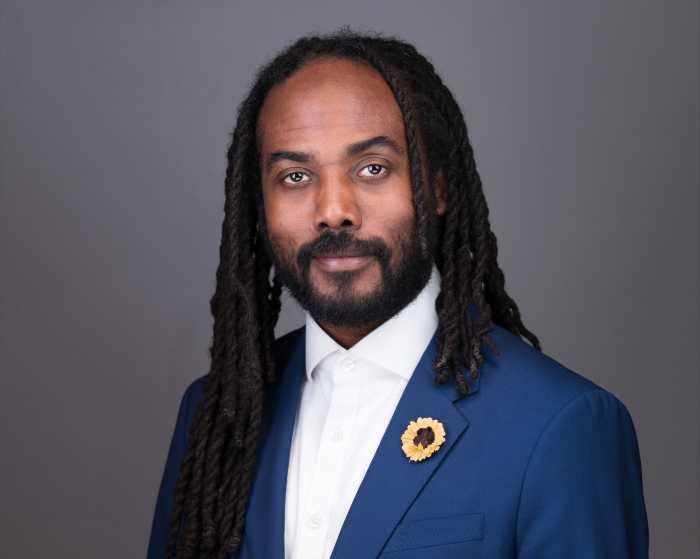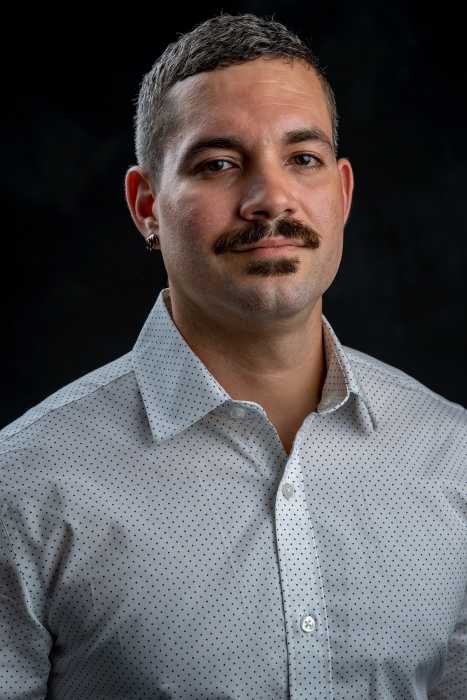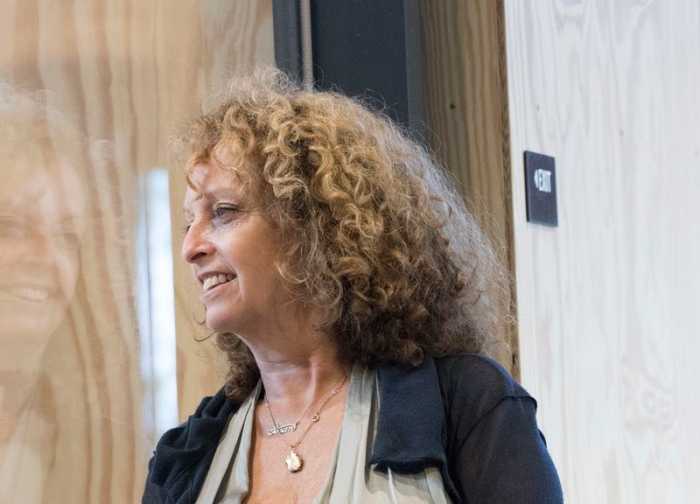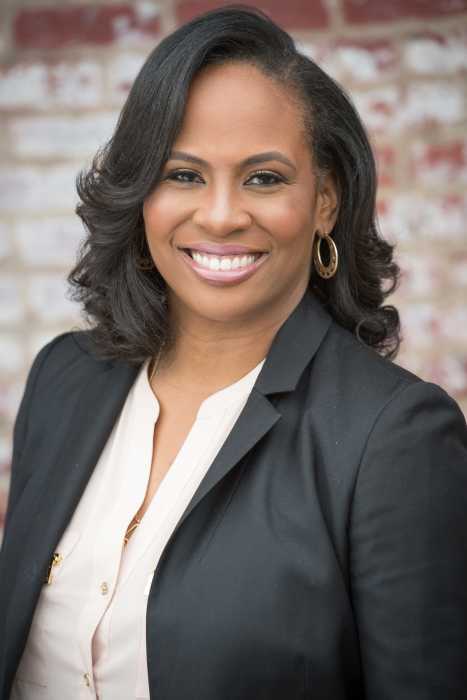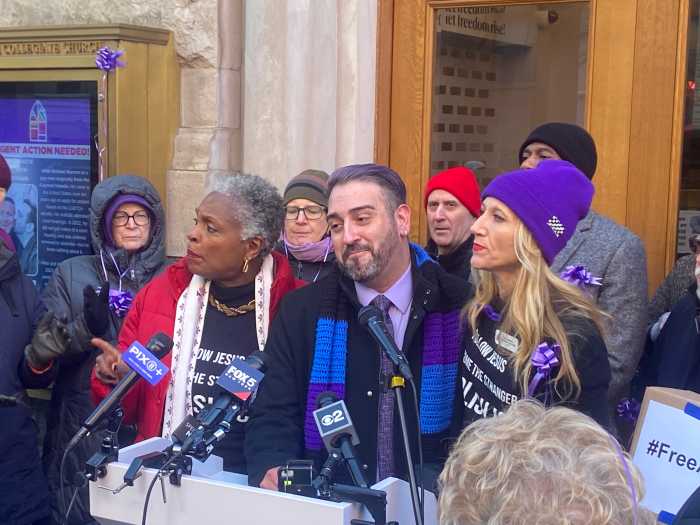Gabriel de Guzman oversees the arts program at Wave Hill, which encompasses contemporary exhibitions, music, dance, and performances that engage the unique garden context by exploring the intersection of nature, culture and site. His curatorial vision is guided by the transformative power of art, supporting emerging, under-recognized, and notable artists whose work reflects on our deep-seated relationship with the natural world, as well as the larger social and cultural issues that shape our environment.
If you could attend any event, show, or exhibit in the city this month, what would it be and why?
Caspar David Friedrich’s sublime, 19th-century landscapes (currently on exhibit at the Metropolitan Museum) have deeply moved generations of artists and audiences – myself included – conveying a spiritual connection across vast horizons. In addition to these Romantic depictions, I’d like to see more art exhibitions that decenter humans as the dominant species, and instead, rethink our perceptions of the land, learning from Indigenous perspectives that view our relationship with nature as one of shared kinship and ecology.
How can policymakers and everyday New Yorkers support arts and culture within the city?
Of course, we need more funding to support artists and cover the increasing costs of producing cultural programming. But beyond the monetary, both policymakers and everyday New Yorkers can provide support simply by showing up to art events. Being present is key. See how artists are engaging their communities and sharing their perspectives with broad audiences. Allow yourself to experience and find inspiration from art in any form, even if it is unfamiliar to you.
New York has historically been considered the culture capital of the world. How do you feel the city upholds this legacy in 2025?
New York continues to possess immense cultural richness that stems from groups that represent a vast array of backgrounds, as well as individuals who have distinct voices. However, challenges to free expression threaten our cultural capital. Embracing both the uniqueness and the commonalities we share is crucial for maintaining our legacy of civic excellence. We must uphold and expand resources and opportunities so that artists and cultural organizations continue to thrive here.



